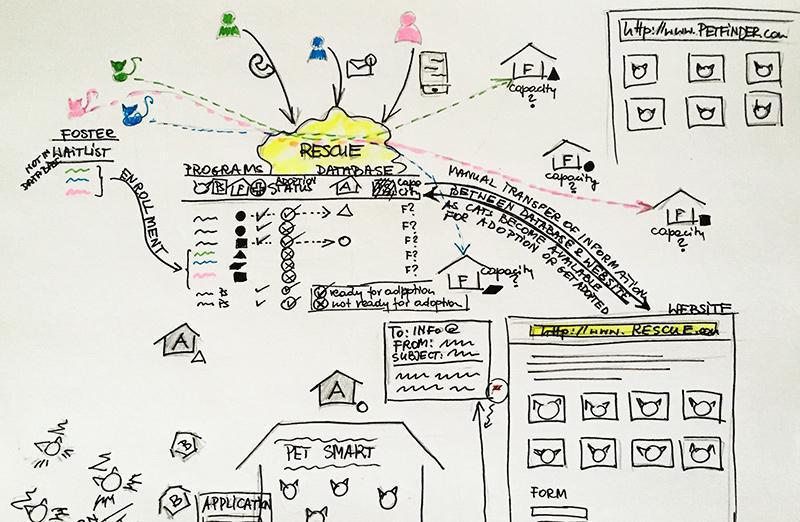
In web and software development, when we talk about user experience, we usually mean the experience you have when you are using a website or an application. Does it feel like you know where to click to get to your next destination? Do you know what to do in order to accomplish a task? Has anything you’ve clicked taken you to an unexpected page? Are you getting frustrated with or are you enjoying the website or app? Answers to these and similar questions are what describes the experience you’re having as a user. That’s user experience.
Nobody wants to deliver a bad experience. It’s a common sense approach to build applications that people will want to use, especially if your bottom line depends on the adoption and usage of the application you’re building. Ultimately, it’s not cutting edge technology that’ll make your application successful; it’s the people who will pay for your service or product. And people who use technology have increasingly higher expectations about the experience your product offers.
While there is a gut-level understanding around the idea that a happy customer is a customer more likely to pay, there seems to be less of a recognition that if a customer happens to be a user (of your application or website), it is the user you need to make happy.
“Numerous industry studies have stated that every dollar spent on UX brings in between $2 and $100 dollars in return.” Peter Eckert, FastDesign
Product Stakeholders, Designers, or Developers Usually Aren’t the Users
It turns out that building great user experience isn’t easy. But it is possible if you invest the time in understanding your users and their predicaments. One of the most common mistakes made in software design and development is forgetting that product stakeholders, designers, or developers usually are not the user segments for whom the application is being built. Any interface or application flow you design without understanding your target users’ pain points, their current workflows, and their needs and wants, will be but an assumption. And as humans we tend to assume that others would think and act as we do. So long as you let your assumptions go untested, you’re not really building for your users.
Methods to Build Great User Experience
There are methods that help forge an understanding of users and the contexts within which they function. You can employ these methods before any design and development work is commenced, during the product design and development processes, and after the product is built and released. For the purpose of this article, I’ve chosen to group those methods as follows:
- Product discovery
- Qualitative user research (user interviews, contextual inquiry)
- Usability testing (testing your application with real users)
- Quantitative user research (data analytics and user surveys)
- Heuristic evaluation (UX review)
“While it's not realistic to use the full set of methods on a given project, nearly all projects would benefit from multiple research methods and from combining insights.” Christian Rohrer, Nielsen Norman Group
- A new project should start with a discovery phase, during which you build a shared understanding with all stakeholders about the problem to be solved and the users for whom it is being solved.
- Qualitative user research methods are used before product design and development begin, but they can continue into product development stages, and beyond. They allow you to ask users directly about their needs and pain points or to observe them in contexts in which they would be using your product.
- A project in progress (and, of course, any existing project) always benefits from usability testing. Usability testing is an effective method to discover usability problems and to make adjustments consistent with user expectations. In-person usability testing sessions are relatively easy and inexpensive to set up. With three to five users per testing session, you have a great chance of discovering usability issues your application may be suffering from.
- Quantitative user research methods give you insights into questions such as “who,” “what,” “where,” “how much,” “how many.” You can learn how many people visit your website, which pages they visit, who they are, and where they are coming from. You can also analyse user surveys and understand the distribution of users’ responses. All that data can help you identify your user segments and their behaviors.
- Finally, in order to analyze an existing application against established UX conventions, you can conduct a heuristic evaluation. Heuristics.
For Best Results, Use a Combination of Methods
It would be difficult to include all user experience methods and tools on any given project. Time and budgets are always important factors to consider. A good approach is to leverage a combination of small number of different methods, for example a discovery workshop and a user survey before a new project begins, and usability testing with a dash of quantitative methods once development is underway. You can customize your tool set for each project as needed in order to make sure you build as good user experience as you possibly can.

